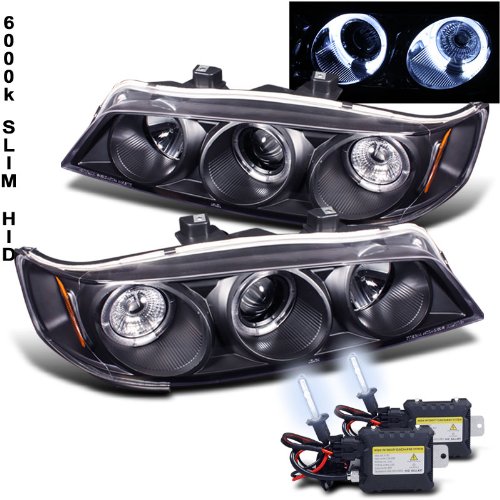By necessity projector manufacturers have used high pressure mercury containing projection lamps to achieve adequate projector brightness (ANSI lumens). Over recent years, manufacturers have been able to greatly reduce the amount of mercury used but, not eliminate it. Unfortunately, high pressure (200 atmospheres or more) mercury lamps remain a danger to consumers if mishandled upon replacement and to the environment if not disposed of correctly.
Recycling facilities can recover the mercury and achieve a recycling rate of up to 97 percent. Realizing the problem, some projector manufacturers, such as Epson, have set up their own recycling programs. However, despite legislative measures in many countries, most mercury containing bulbs end up in landfill. Disposal in this fashion can result in the release of mercury into the environment and contamination of the food chain. Considering that the EPA have mercury as the most hazardous metal on the list of industrial pollutants (potent neurotoxin to humans), this is not a good outcome.
Fortunately, a solution is on hand in the form of Luminus Devices, PhlatLight technology, a new solid state light source combining both LED and laser technologies. This new lighting technology is 100 percent free of hazardous materials including mercury and lead (RoHS compliant). There are further environmental (and financial) benefits to using this new projection lighting technology including lower power consumption and vastly longer lamp life of up to 60,000 hours (which is realistically the lifetime of a projector) compared to about 2,000 to 3,000 for current high pressure mercury lamps.
Because of limited achievable brightness levels, the first PhlatLight LED-based projectors have been ultra-portable pocket projectors such as the recently released Optoma EP-PK-101 Pico Pocket Projector. PhlatLight LED chipsets such as the January 2009 released PT-121 and the PT-120 are now capable of brightness levels of up to 3000 ANSI lumens which is suitable for home theatre projectors and most business projector applications. The PT-120 and all other PhlatLight chipsets can be used with the DLP, LCoS and LCD micro-displays commonly used in projectors.
In January, Luminus Devices announced the consumer market release of the first full HD (1080p) DLP projector, the Delta Electronics HT-8000, based on its PhlatLight PT-120 LED chipset. If you are looking for a new projector, keep a lookout for this new technology as it can be expected that many new models will be released throughout 2009.
Last Minute Lifecore Lc-985vg Elliptical Trainer Brand New Frigidaire Ltf2140fs









